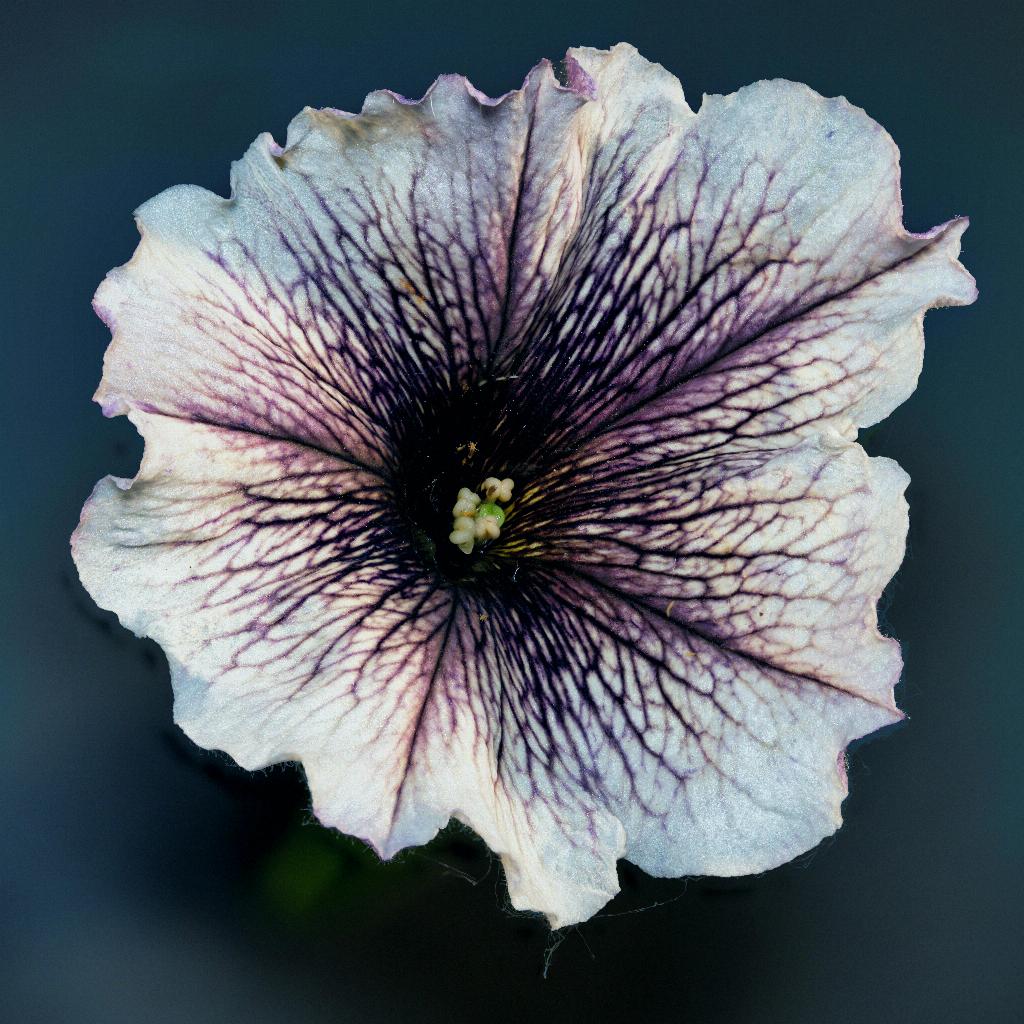Deadheading petunias is an essential task to ensure that your plants continue to bloom and thrive throughout the growing season. By removing faded or wilting flowers, you can encourage new growth and promote a fuller, more vibrant display of blooms. In this article, we will discuss the best practices and techniques for deadheading petunias to keep your garden looking its best.
1. Why Deadhead Petunias?
Deadheading is crucial for petunias because it helps redirect the plant’s energy from seed production to new flower development. By removing spent blooms, you prevent the plant from putting resources into seed formation and encourage it to produce more flowers instead.
2. When to Deadhead
The ideal time to deadhead petunias is when the flowers start to fade or wilt. Regular deadheading throughout the blooming season will promote continuous flowering and keep your petunias looking fresh and vibrant.
3. How to Deadhead Petunias
To deadhead petunias, simply pinch or snip off the faded flower head just above the nearest set of leaves or stem junction. It’s essential to remove the entire spent flower to prevent seed formation and encourage new blooms to develop.
4. Tools for Deadheading
You can use your fingers to pinch off the spent flowers, or you can use sharp scissors or pruners to snip them off cleanly. Make sure your tools are clean and sharp to prevent damaging the plant while deadheading.
5. Technique for Deadheading
When deadheading, aim to cut just above a set of leaves or a junction with another stem. This will promote new growth and maintain the plant’s shape and structure. Be gentle but firm to avoid damaging the plant.
6. Frequency of Deadheading
Depending on the growth rate of your petunias, you may need to deadhead them every few days to once a week to ensure continuous blooming. Regular deadheading will encourage the plant to produce more flowers and maintain a tidy appearance.
7. Benefits of Deadheading
By deadheading petunias, you not only promote new flower growth but also prevent the plant from self-seeding and potentially becoming invasive. Deadheading helps control the plant’s growth and encourages a more prolific blooming season.
8. Disposal of Spent Flowers
After deadheading, it’s essential to dispose of the spent flowers properly to prevent pests and diseases. You can either compost the removed flower heads or dispose of them in the green waste bin to ensure a clean and healthy garden environment.
9. Deadheading Petunias in Containers
If you have petunias planted in containers, deadheading is equally important to maintain their appearance and encourage continuous blooming. Follow the same deadheading techniques as you would for petunias in the ground.
10. Monitoring Plant Health
Regular deadheading allows you to closely monitor the health of your petunias. By removing spent flowers promptly, you can identify any issues such as pests, diseases, or nutrient deficiencies early on and take necessary action to address them.
11. Enjoying the Rewards
With proper deadheading care, your petunias will reward you with a spectacular display of blooms throughout the season. Sit back, relax, and enjoy the beauty of your well-tended garden filled with vibrant, healthy petunias.
12. Conclusion
Deadheading petunias is a simple yet essential practice to ensure your plants continue to bloom profusely and maintain their health and vigor. By following the proper deadheading techniques and frequency, you can enjoy a stunning floral display in your garden and keep your petunias thriving all season long.

